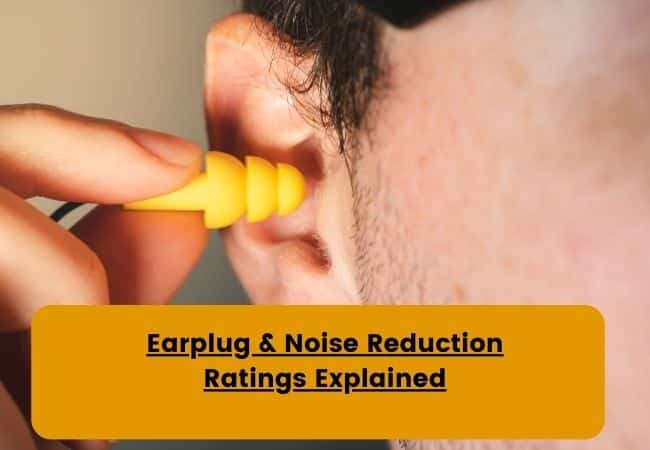What the Noise Reduction Rating Means
The Noise Reduction Rating (NRR) is a numerical value found on earplug packaging that indicates how effectively the product can reduce sound. A higher NRR generally means greater noise dampening. For example, an earplug with an NRR of 30 should block more noise than one rated at 20, assuming both are worn correctly and fit well.
How NRR is Determined
Manufacturers conduct standardized tests in controlled environments to establish a product’s NRR. Test subjects wear the earplugs while being exposed to a range of noise levels. The average reduction in decibels (dB) across these tests becomes the earplugs’ official rating. This process helps consumers compare different options and make informed decisions.
Adjusting Expectations for Real-World Conditions
While NRR provides a guideline, it’s important to remember that real-world conditions rarely mirror a controlled test setting. Factors like proper insertion, individual ear canal shape, and the presence of other protective gear can influence how much noise is actually reduced. In practice, the actual level of protection may be somewhat less than the number listed on the package.
Choosing the Right Earplugs for Your Needs
Different situations call for varying levels of noise reduction. Individuals who attend concerts might want moderate protection that still allows them to enjoy the music, while those who operate heavy machinery may need maximum noise dampening. Understanding NRR helps you pick the right product—from disposable foam plugs to custom-fit models designed for specialized use.
Ensuring Proper Fit and Use
Even the highest-rated earplugs won’t work effectively if not worn correctly. Rolling foam earplugs into a tight cylinder before inserting them deeply into the ear canal is often necessary for best results. Reusable or custom earplugs should be inspected regularly for proper fit. Following product instructions and occasionally seeking guidance from a hearing professional helps ensure you’re getting the most out of your chosen earplugs.



